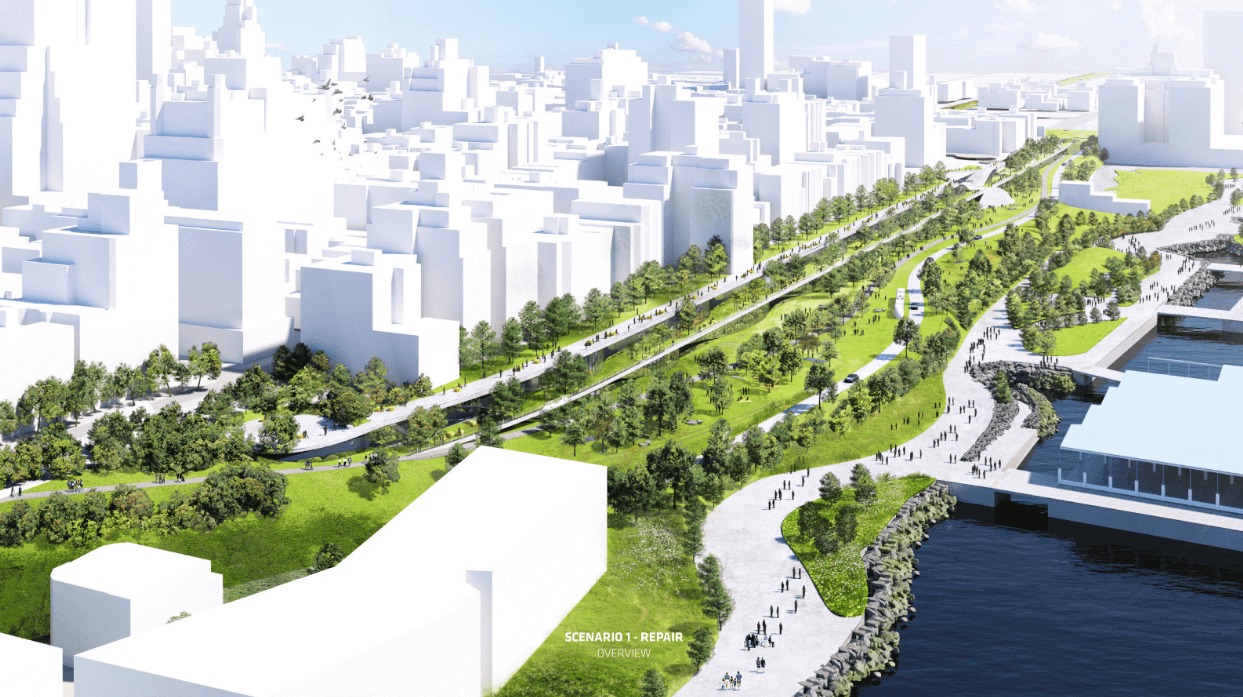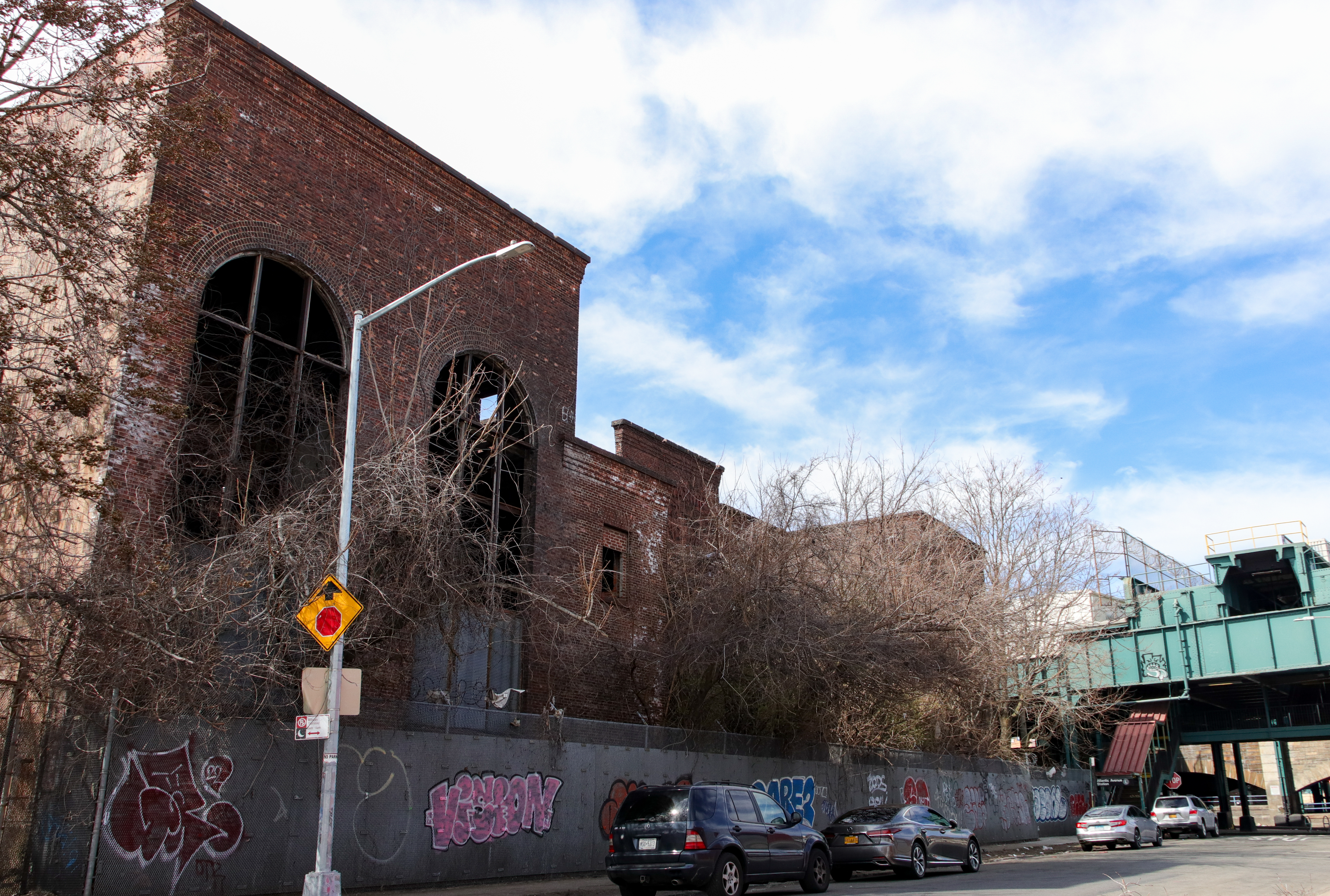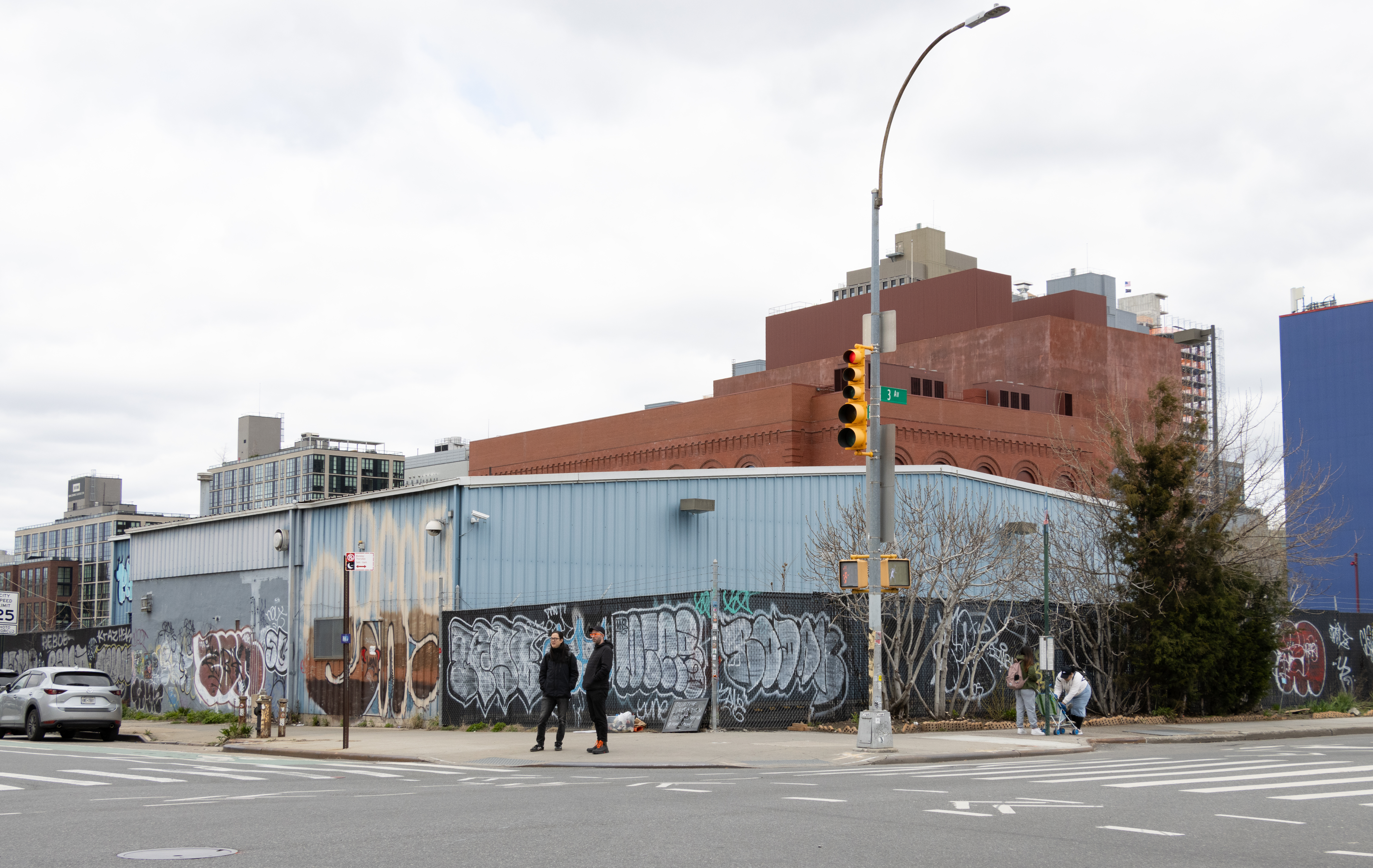City Council-Hired Engineers Say Bjarke Ingels-Designed BQE Fix Is the Best Option (Updated)
Controversial designs initially presented by the Department of Transportation, criticized by local residents and politicians, have been officially scrapped

Photo by Susan De Vries
In a report presented at City Hall Tuesday, an engineering group hired by the City Council recommended that a design previously presented by the Bjarke Ingels Group is the best option to replace the crumbling triple-cantilevered section of the Brooklyn-Queens Expressway.
Controversial designs initially presented by the Department of Transportation, which would temporarily replace the Brooklyn Heights Promenade with a highway and were criticized by local residents and politicians, have been officially scrapped, according to Commissioner Polly Trottenberg. Despite the recommendation, the City Council has not yet officially supported any of the proposals.
A full house gathered at City Hall to hear a series of presentations, the most important of which was from Arup, an engineering firm hired by the council to look at the many designs that have been presented and offer their opinion. Their recommended option is the one based on the Mark Baker and Bjarke Ingels Group concepts, which would bring the roadway to the ground and cap it, putting green space overhead.

They laid out a number of reasons for their recommendation: its expansion of Brooklyn Bridge Park, improved safety on the BQE, and the relatively low cost of the project, which they estimate can be done for around $3.2 billion, which was the price of the DOT’s rejected “Innovative Plan.”
Their second preferred, albeit unlikely, scenario would be a three-mile bypass tunnel from the Gowanus Expressway to South Williamsburg, which the New York Times detailed last week. Based on similar examples in cities like Seattle, the explained benefits would be that it removes a section of the BQE that is acting as a “barrier” to the waterfront and will provide smoother traffic options for reaching north and south Brooklyn and beyond. But it will cost around $11 billion, which some observers have said is too high a price tag.

Meanwhile, the city has already started enforcing the weight limit on the rapidly deteriorating triple-cantilever bypass under the Brooklyn Heights Promenade, and intends to maintain it for now and potentially reduce its lanes as a stop-gap measure. As for the long term, the mayor, city council and DOT officials will have to agree on the way forward.
At the hearing, many questions were asked, but few answers were given. How will any plan affect other neighborhoods that border parts of the BQE? What kind of partnership will be formed on the state and federal levels? (Many agreed this needs to happen before the project can begin.)
What was agreed upon, though, by those who spoke was that band-aid fixes will not solve the BQE problem. A solution needs to look to the future — including not getting stuck with another repair problem like this one.
“This is something we’re going to live with for the next 100 years,” said City Council Speaker Corey Johnson. “Let’s make sure we do it right.”
Editor’s note: This story was originally published at 3:29 p.m. on Tuesday, February 25. It has been updated.
Related Stories
- Mayor’s BQE Panel Rejects Promenade Highway, Says Repairs Must Begin Now
- Innovative New Proposal by Bjarke Ingels Group Excites Residents at BQE Town Hall
- The Promenade Should Stay, Locals Agree. But What Should Be Done With the BQE?
Email tips@brownstoner.com with further comments, questions or tips. Follow Brownstoner on Twitter and Instagram, and like us on Facebook.





What's Your Take? Leave a Comment